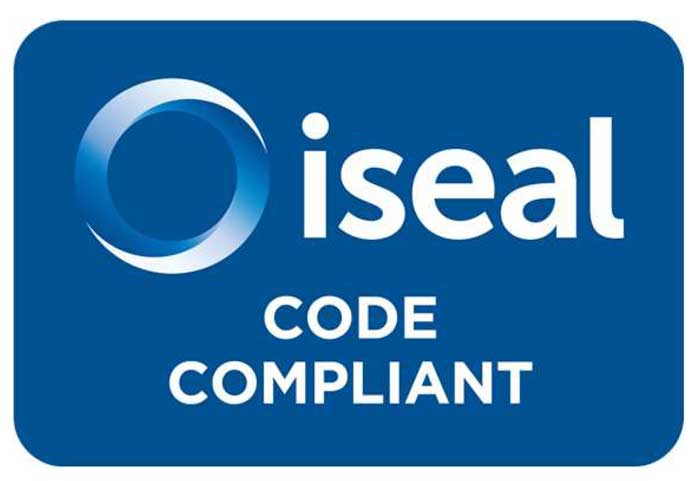Insights from the recent Circularity Working Group (CWG) meeting
CWG participants discussed strategies for integrating circularity into waste management and utilisation across the aluminium sector, the need for more consistent waste reporting and more.
6 February 2025
On 5th February 2025, participants discussed strategies for integrating circularity into waste management and utilisation across the aluminium sector. One of the main points raised was the need for more consistent waste reporting. A review of sustainability reports from upstream companies showed wide variations in landfill reliance and waste recovery rates, making it difficult to compare data across organisations. The definitions of hazardous, non-hazardous, and mineral waste also vary, often influenced by regional legislation. Aligning reporting frameworks with standards such as GRI, ESRS and ISO 59004 was suggested as a way to improve consistency.
Participants also discussed the importance of considering multiple dimensions of waste value beyond economic factors. Materials classified as waste by one organisation may have functional or environmental value elsewhere, including potential reuse by local communities.
Setting circularity outcomes and targets was another key topic. While ambitions such as “zero waste to landfill” are valuable, practical implementation depends on factors such as infrastructure availability, local regulations, and technological advancements. The first step in defining circularity targets should be improving measurement and tracking systems to comprehensively account for waste flows.
In terms of common and best practices, companies are implementing circularity through regulatory compliance, waste segregation, and tracking systems. Efforts include increasing recycled content, repurposing waste for construction, and setting landfill reduction targets. Research focuses on new recycling methods, industry collaboration, and material recovery pilots. Hazardous waste is managed through safe handling, partnerships for reuse, and landfill reduction. Sustainability goals drive commitments to circular economy principles, community engagement, and lowering the carbon footprint of waste management.
To further contribute to discussions on circularity, participants were encouraged to complete the ISO 59000 survey, open until 4th April 2025. The survey aims to collect insights on the application of the standards regarding circular economy principles, metrics, and business models.
More information
SHARE THIS ARTICLE


